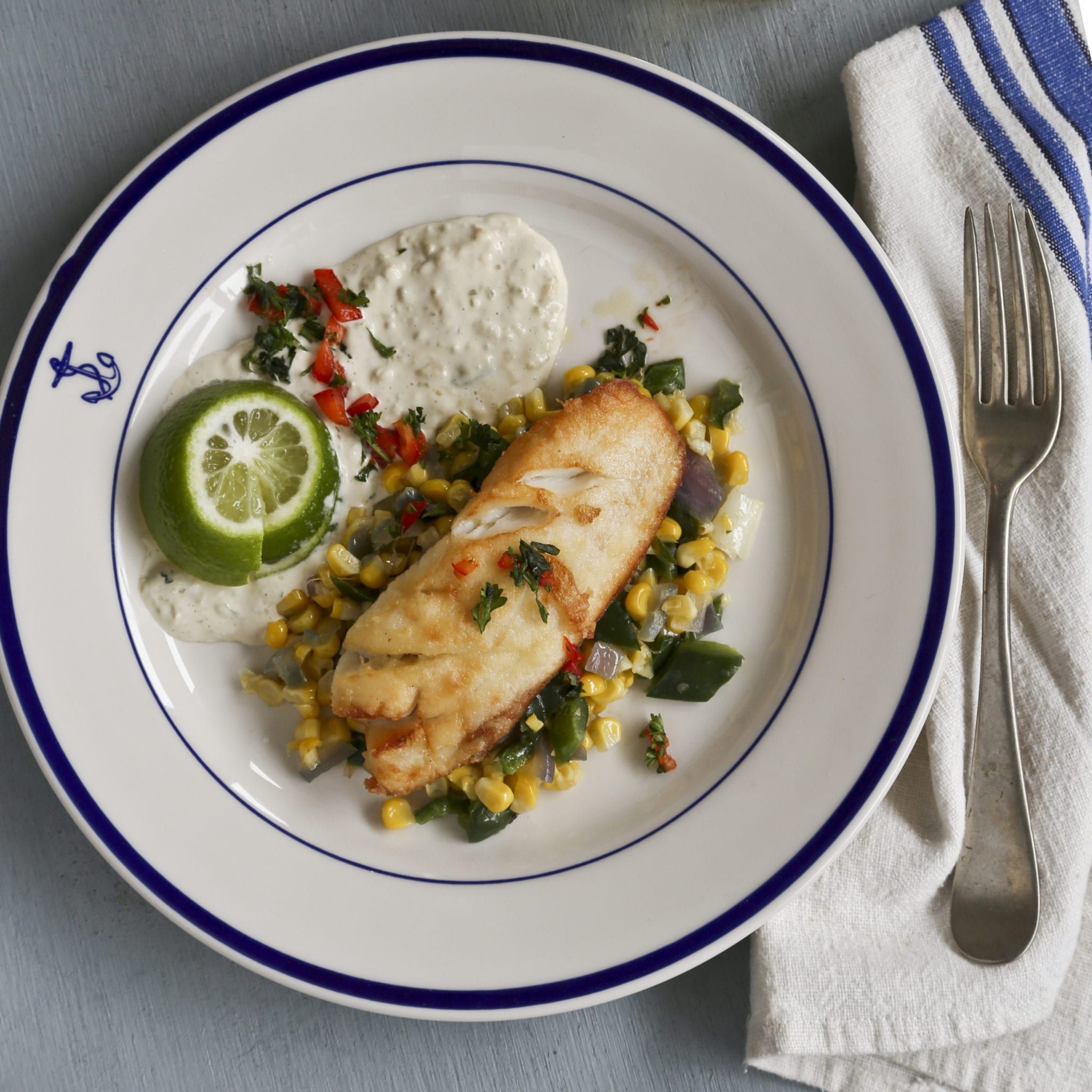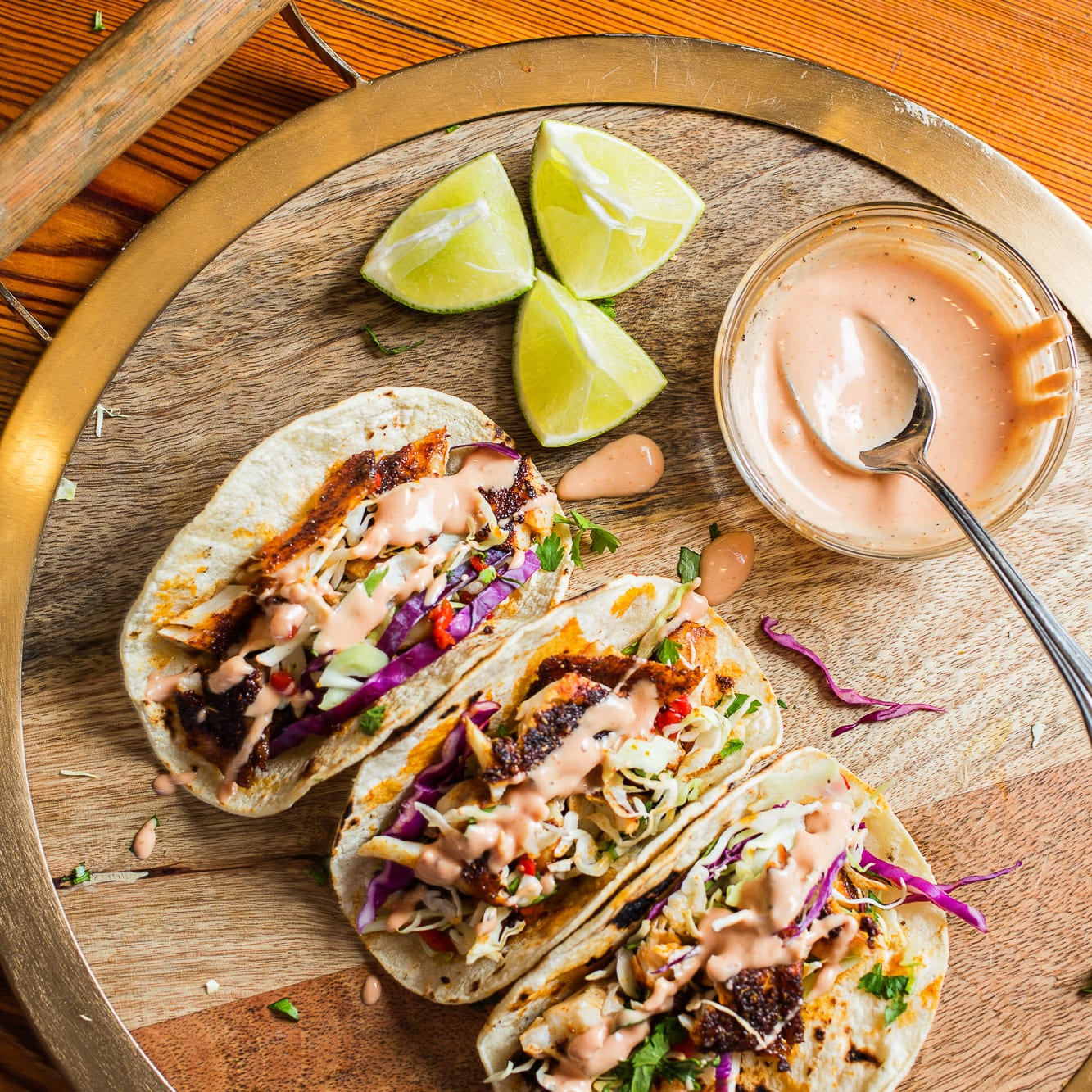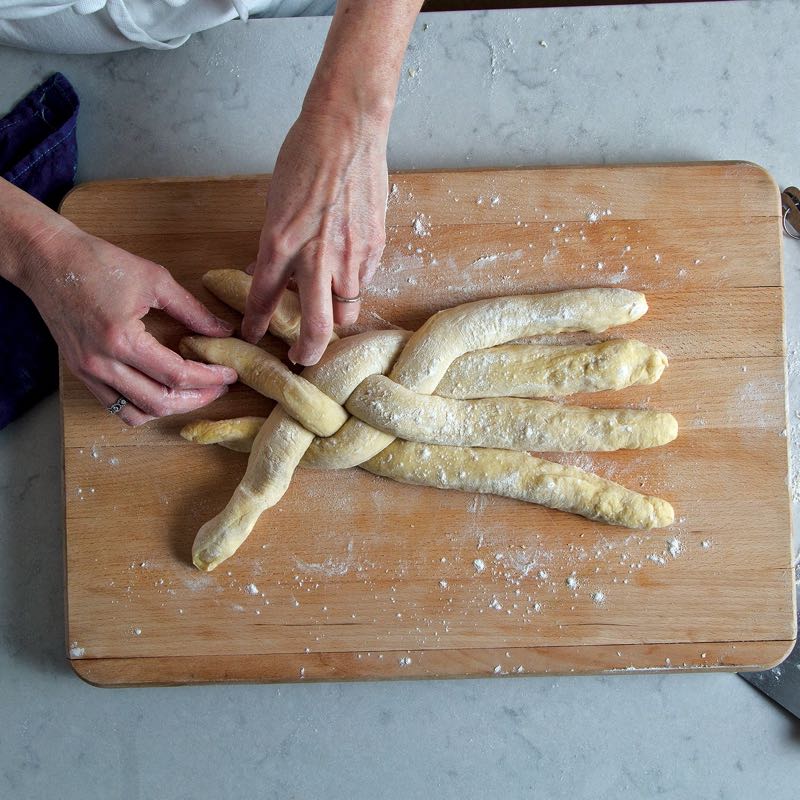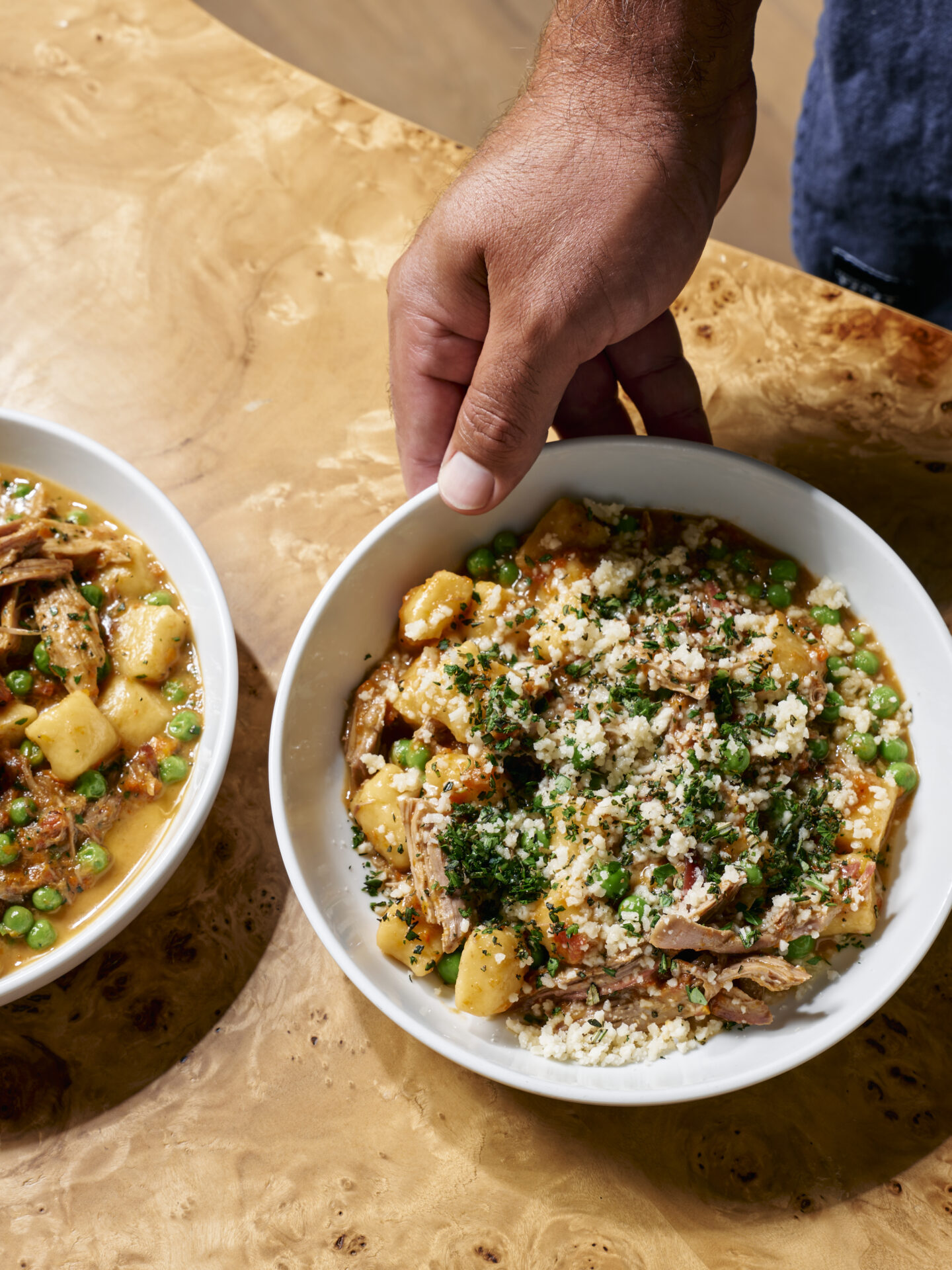Culinary Class
How to Fry a Fish
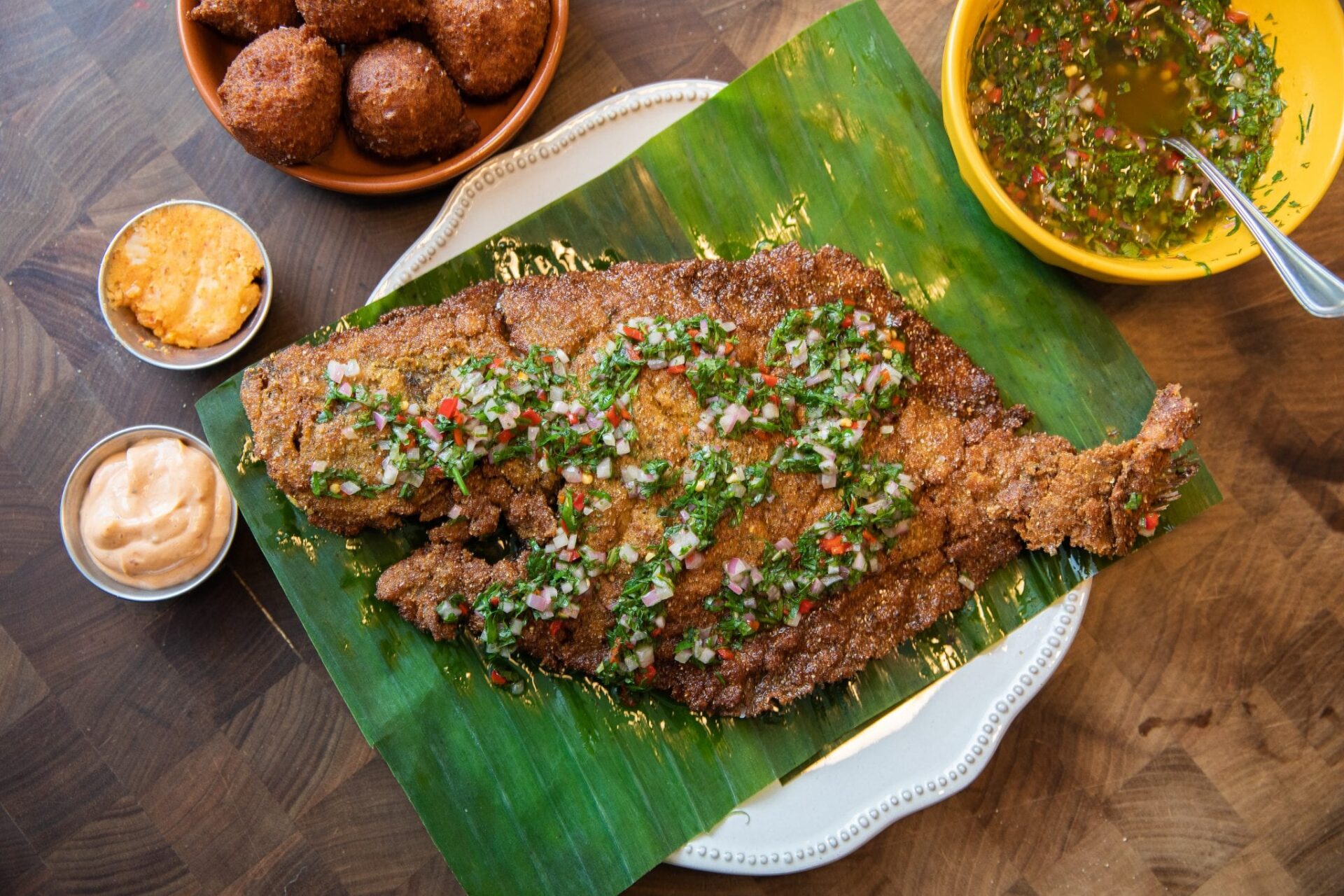
FISH CAMP REVIVAL: HOW TO FRY FISH
Written by Emily Storrow | Photos by Peter Taylor
The uninitiated often dismiss the South as the land of deep-fried anything. And while the stereotype doesn’t come close to capturing the heart of the cuisine, we’ll put our fried seafood up against the best of them. While capturing how to fry fish, you learn all about the tradition behind this meal.
There’s a robust tradition along the region’s coastline, from Gulf oysters to Calabash seafood. But head inland in the Carolinas and you’ll stumble upon a specific institution, lowbrow temples of fried seafood known as fish camps. Defined by their no-frills atmosphere, limited hours, and barebones menu, fish camps are modern day relics of the area’s forlorn textile economy.
Back in the day, enterprising cooks would set up shop along riverbanks, frying up the community’s fresh catch, along with simple sides, for a small fee. Eventually these waterside stations evolved into brick and mortars open Thursday (the day mill workers were paid) through Sunday. It was here that blue-collar Southerners perfected fried seafood: salt and pepper catfish, fried shrimp, and a particular hallmark, whole fried flounder. This history is where we learned the best way on how to fry fish.
The whole-fish preparation might come off as intimidating. But it shouldn’t, says Joe Kindred, a Charlotte, North Carolina, chef who tips his hat to the fish camp tradition a restaurant on the banks of Lake Norman. He calls the joint Hello, Sailor; on the menu is a modern spin on whole fried flounder, coated in masa flour and drizzled with a bright mojo verde.
He’s got the process down pat—and has a few tips for first-timers on how to fry fish.
- Start with scoring the flesh. Not only will it ensure the breading gets nice and crispy and adheres to the fish after cooking; it makes it easier to eat, too. “You can break off these perfect bites,” Kindred says.
- When bringing oil up to temperature, your best bet is to use a deep-fry thermometer. But in a pinch, borrow a trick from his wife, Katy: Lower a chopstick to the bottom of the pan and watch for activity. “If it looks like a stream of Champagne bubbles, it’s ready,” she says.
- And when you’ve fried up your flounder, resist the urge to dig in right away. “A lot of people don’t talk about resting seafood,” Kindred says. His recipe calls for pulling the fish from the oil just before it’s done; ten minutes on a resting rack will ensure it’s crispy outside and tender inside.
Whole Fried Flounder

Ingredients
1 (1-pound) whole flounder
scaled and gutted
Canola oil
for frying
6 cups all-purpose flour
4 cups buttermilk
6 cups masa harina
3 tablespoons black pepper
1 tablespoon salt
Special equipment:
Deep-fry thermometer
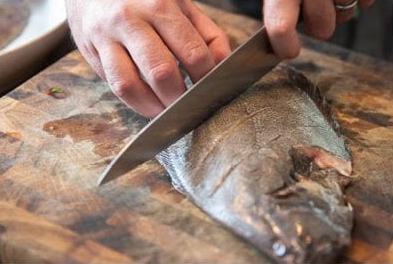
Step 1:
Score the flounder:
Place flounder white-side down on a cutting board. With a sharp knife, score three times (each cut about 2 inches apart) at a 45-degree angle to the spine. Next score it three more times in the opposite direction, forming large diamonds. Be sure to cut all the way to the spine, but not all the way to the other side. Set aside.

Step 2:
Fill a large cast-iron skillet
(or any cooking vessel big enough for the flounder to lay flat) fitted with a deep-fry thermometer about halfway with canola oil. Heat on medium-high to 350 degrees.
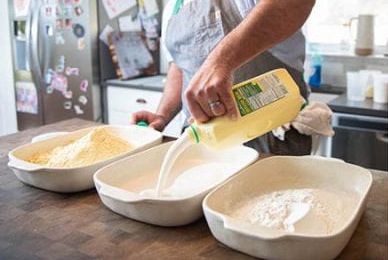
Step 3:
Prepare the breading:
Set out three large containers (they should be big enough to lay the fish down with about an inch to spare all the way around). Add all-purpose flour to the first container, buttermilk to the second, and masa flour to the third. Mix black pepper and salt thoroughly into masa flour.
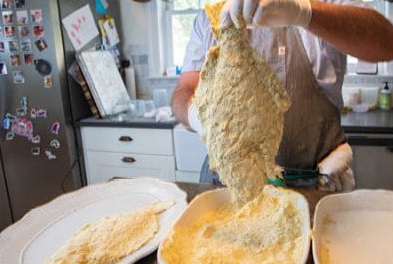
Step 4:
Dredge the flounder:
Dredge flounder in all-purpose flour making sure to get flour into score marks. Shake off excess. Coat flounder in buttermilk, gently picking up and holding over the dish to drain excess for about 10 seconds. Next, coat in seasoned masa flour, making sure to press masa onto fish and into score marks.
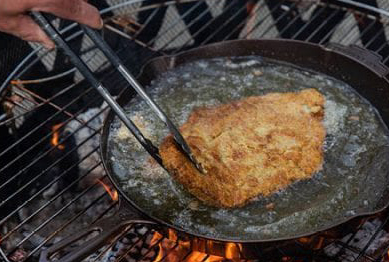
Step 5:
Fry the flounder:
Using a metal spider or spatula, gently lower the fish into the hot oil. Cook for 7 to 8 minutes, depending on the thickness. The fish is done when a thermometer inserted into the thickest portion reads 130 degrees. Carefully transfer fish onto a cookie sheet fitted with a resting rack. Let fish rest for at least 8 minutes to allow it to finish cooking. Transfer fish to a large serving platter and serve.
Related Recipes
At the Table
The Kindred Spirit of Justin Burke-Samson
Find out how Justin Burke-Samson channels classic flavors into new holiday pie favorites. This [...]
Recipes
Cajun Fish Fillets with Corn and Chile Pepper Sauté and Spicy Remoulade
Prepare Spicy Remoulade Sauce (recipe follows) in advance and refrigerate. Prepare Corn and Chile Pepper Sauté [...]
Recipes
Valine’s Famous Fish Tacos
These simple and delicious are perfect for mahi mahi, but any white fish will [...]
share
How To Make Pan de Muerto
Ruben Ortega gives a step-by-step guide to perfectly spooky pan de muerto to celebrate [...]
How To Smoke a Turkey
Joe Kindred of North Carolina’s Kindred, Hello, Sailor, and milkbread, gives us his fail-proof [...]
How To Make Gnocchi
Chef Joe Kindred blends a Tuscan sugo with Thanksgiving flavors in this step-by-step guide [...]









